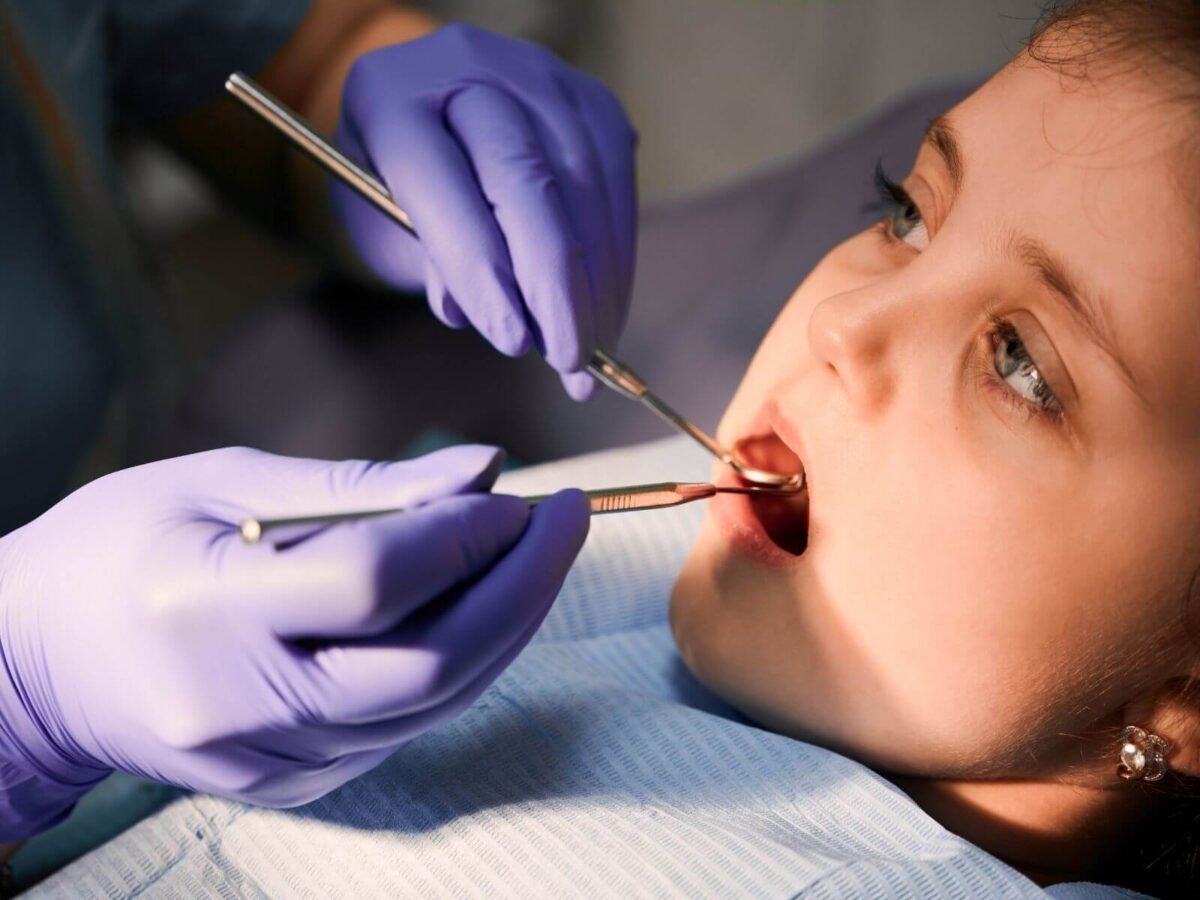Blog
Dental hygiene tips for healthy teeth & gums

My Child Has A Toothache. What Can I Do?
Children develop tooth pain when outer or inner dental tissue becomes damaged or worn.
A child’s visible tooth above the gum includes three distinct layers. Since enamel functions as tooth protection, the dental structure is named this way. The harsh dentin surfaces cover the inner layers of every tooth except the front teeth. At the base of dentin lies the dental pulp, which contains nerve vessels and connective cells.
The inner part of dentin contains small pipelines linking the enamel structure to the dental pulp. Poorly protected dentin exposes the dental pulp nerves when you eat or drink temperature, sugar, and acid items through their tiny tubules. The result is tooth discomfort when you eat or consume hot or cold items.
A damaged dental pulp triggers severe and constant pain in your tooth due to its nerve connections.
Different kinds of dental problems cause varied forms of tooth pain. Our dental office at Hurst Pediatric Dentistry sees many different kinds of tooth pain and describes each type here. Identifying the reason for your child’s tooth pain requires dental expertise and a visit.
Causes of Child Tooth Pain
Children experience tooth pain primarily because of dental cavities and new tooth eruptions.
- Dental Decay. Cavities bring pain to children who develop them frequently.
- New Teeth. New tooth growth can hurt a child’s nerves due to the stress they put on the sensitive roots of their baby teeth.
- Sinus Problems. Children who have sinus problems, just like adults, feel sensitivity when eating or drinking.
- Fillings. When children have silver amalgam fillings, they notice discomfort when eating or drinking hot and cold items.
- Cracks and Chips. Children with alignment problems or grinding habits get tooth sensitivity when eating because their teeth develop tiny breaks.
- Improper Brushing. The pressure from aggressive brushing damages tooth enamel, leading to cuts in gum tissue and making teeth more sensitive to various temperatures.
- Diet. Your child might develop tooth pain due to specific dietary choices. Has your child recently eaten crisp or acidic foods and consumed abundant sugar? Extreme temperatures in food cause tooth pain.
Determine the Exact Spot of Their Pain
Your attempt to help your child gets easier when you know the source of their discomfort. When your child has reached a stage of speech development, you can inspect the affected tooth area to check for discoloration, swelling, bleeding, or physical damage.
You can open their mouth to inspect for visible mouth irritation even when they cannot pinpoint the origin of the pain. A dentist needs to see your child when they feel tooth pain with unknown causes.
Finding the exact tooth or mouth area that hurts helps identify effective treatment for your child’s pain. However, pain from healthy teeth usually signals an underlying dental condition like cavities.
What to do about a toothache
When your child reports tooth pain, try to ease their concern by telling them that you will make them feel better. It can be challenging for children to describe tooth pain to their parents.
A painful tooth in your child does not have to be their daily challenge. The following actions can help bring tooth pain relief.
Cold compress
Mild tooth pain often slows when you place ice in a bag or freeze an item inside a towel to apply directly to the painful area. When a cold item contacts an injured area, it works to lower swelling.
Salt or hydrogen peroxide
Dissolve half a teaspoon of salt in warm water to make an antiseptic solution for your child. Alternatively, mix equal parts of hydrogen peroxide with water in a glass. Hydrogen peroxide is highly antiseptic.
Peppermint tea
Using peppermint tea’s natural defenses helps your child relax their tooth pain at home.
Prepare one cup of water and switch off the heat to let it settle for five minutes. Let the boiled water rest in the pot for 5 minutes before pouring it over a peppermint tea bag.
Steep the tea for five minutes and take out the bag afterward to let the tea cool down before serving.
Clove oil
Clove oil is a natural home remedy and a medical herbal product from clove leaves. Use three drops of oil for a mouthwash or wet a cotton pad with oil to apply directly to the painful area.
Pain medication
When basic treatment techniques fail to relieve severe tooth pain in children, you can give them an appropriate amount of acetaminophen under medical advice. The doctor will confirm the right amount of medicine for your child.
Keep Your Child Away from Wrong Methods for Dealing with Tooth Pain
You must never place painkillers like aspirin directly on your child’s tooth or gum tissues. Aspirin acids burn gum tissues and increase tooth pain because of their damaging properties. Young children taking aspirin suffer such severe medical issues.
Get in touch with your pediatric dentist right now if your child reports an intense toothache and fatigue along with a fever.
You should visit your pediatric dentist without delay, regardless of whether your pain has reduced or not, because today’s symptoms might develop into a significant abscess later. Go to Springtown Dental for all your needs.


